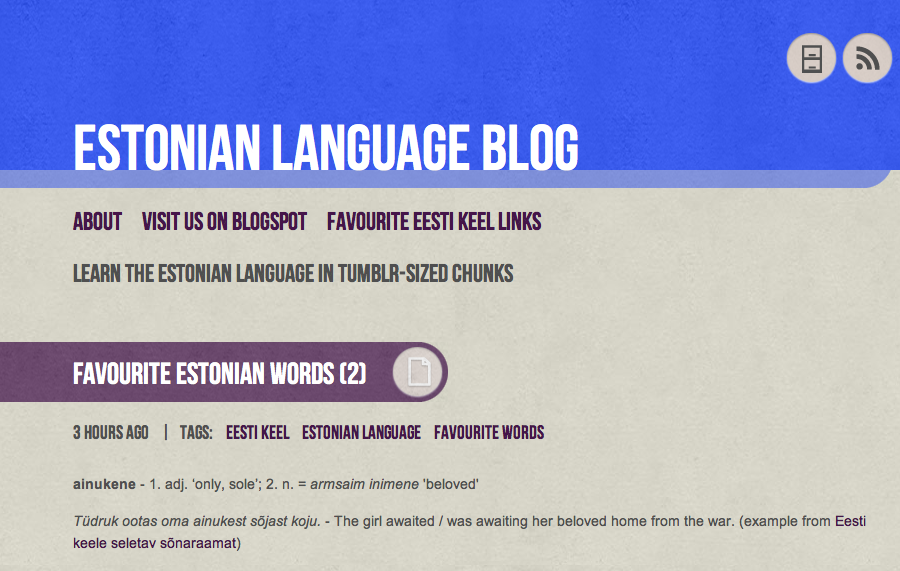
Estonian Language History The language of Estonian is a Uralic language. The word “Uralic” refers to the Ural Mountains, original homeland of the Uralic

Russian Summer Program. The Russian summer program seeks to improve participants’ Russian in the following four skills: reading, writing, speaking and listening.




tered, mostly in Pärnu county and Tallinn. 1,500 (Paales 2011). 4,500 users out of 1,600 deaf and 20,000 hearing impaired. 2,000 persons need regular help from interpreters (1998 U. Sutrop). 1,500 signers (2014 Estonian Deaf Association). 6,300 (2014 IMB). Status: 5 (Developing). Recognized language (2011, No. RT1, Language Act, Article …
Russian is by far the most spoken ity language in the country. There are towns in Estonia with large concentrations of Russian speakers and there are towns where Estonian speakers are in the ity (especially in the northeast, e.g. Narva).
Listing of language information for Russian. 138,000,000 in Russian Federation (Arefyev 2012), all users. L1 users: 119,000,000 (Arefyev 2012).
Estonia offers all new arrivals the opportunity to participate in an introductory Welcoming programme.
How, a decade ago, a ground-shaking cyber attack brought Estonia to its knees – and spurred it to rebuild.
Estonia’s most reputable bank, supporting the growth of people, businesses and society. Find out more about everyday banking, financing, insurance, investment and …
Russian (Russian: ру́сский язы́к, tr. rússkiy yazýk) is an East Slavic language and an official language in Russia, Belarus, Kazakhstan, Kyrgyzstan, and many or unrecognised territories throughout Eurasia (particularly in Eastern Europe, the Baltics, the Caucasus, and Central Asia).
The Russian Language course programme consists of language classes, a cultural programme (optional) and an additional study tour to St Petersburg, Russia (optional).. It is a well-established fact that the best way to learn a foreign language is to visit a country where it is spoken.



